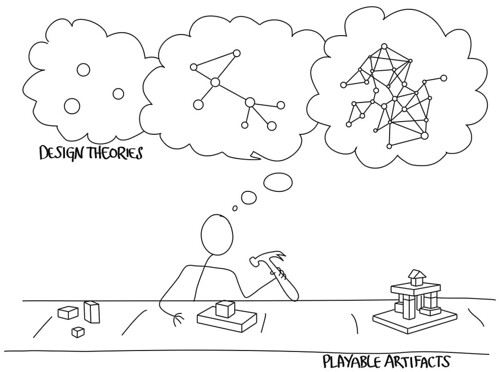
Feel Good Hit of the Summer: Battlefield 1943
Battlefield 1943 is one of a number of games hitting Xbox Live Arcade and the Playstation Network this summer, countering the traditional summer lull. For just $15 (or £10 for my UK brethren, or 1200 Microsoft Space Bucks for everyone else), one of the most perfect knockabout multiplayer experiences can be had. Want to fly planes into tanks? How about flying a plane above a tank and parachuting on top of it? How about flying a plane into a tank, jumping out at the last second, and watching debris shower over your head? This is gaming, my friends.
At $15, it is one of the best bank per buck games one can purchase, described by John Davidson as an “evergreen” title, destined to be supported with fresh maps and gameplay for many, many hours.
With such value to be had, where happens to the $60 game (or the criminal £55 game)?
This is a preview of
Warning: Value of Games May Go Down as Well as Up
.
Read the full post.



 In
In 






